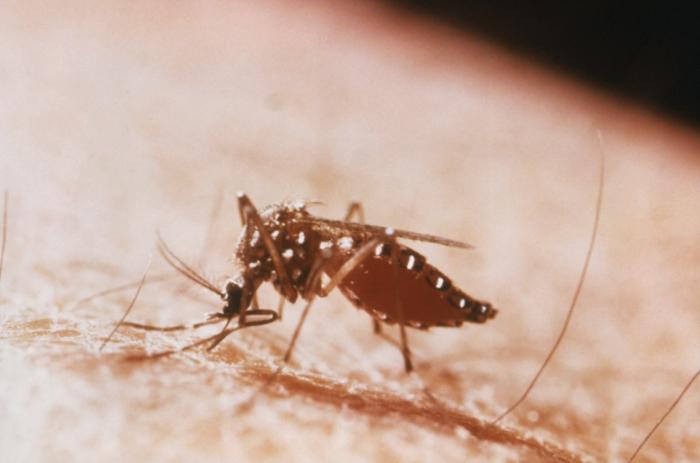The death toll from the yellow fever outbreak in the southern African nation of Angola has risen to 250, according to an AFP report, and some doctors there believe the situation is far worse.

The outbreak that began in December continues to spread and stretch limited resources.
According to the World Health Organization (WHO), Yellow fever is a viral disease, found in tropical regions of Africa and the Americas. It principally affects humans and monkeys, and is transmitted via the bite of Aedes mosquitoes. It can produce devastating outbreaks, which can be prevented and controlled by mass vaccination campaigns.
The first symptoms of the disease usually appear 3–6 days after infection. The first, or “acute”, phase is characterized by fever, muscle pain, headache, shivers, loss of appetite, nausea and vomiting. After 3–4 days, most patients improve and symptoms disappear. However, in a few cases, the disease enters a “toxic” phase: fever reappears, and the patient develops jaundice and sometimes bleeding, with blood appearing in the vomit (the typical “vomito negro”). About 50% of patients who enter the toxic phase die within 10–14 days.
There is no specific treatment for yellow fever. Vaccination is highly recommended as a preventive measure for travelers to, and people living in, endemic countries.
Related: China reports imported yellow fever case from Angola: Report


One thought on “Yellow fever death toll now 250 in Angola”